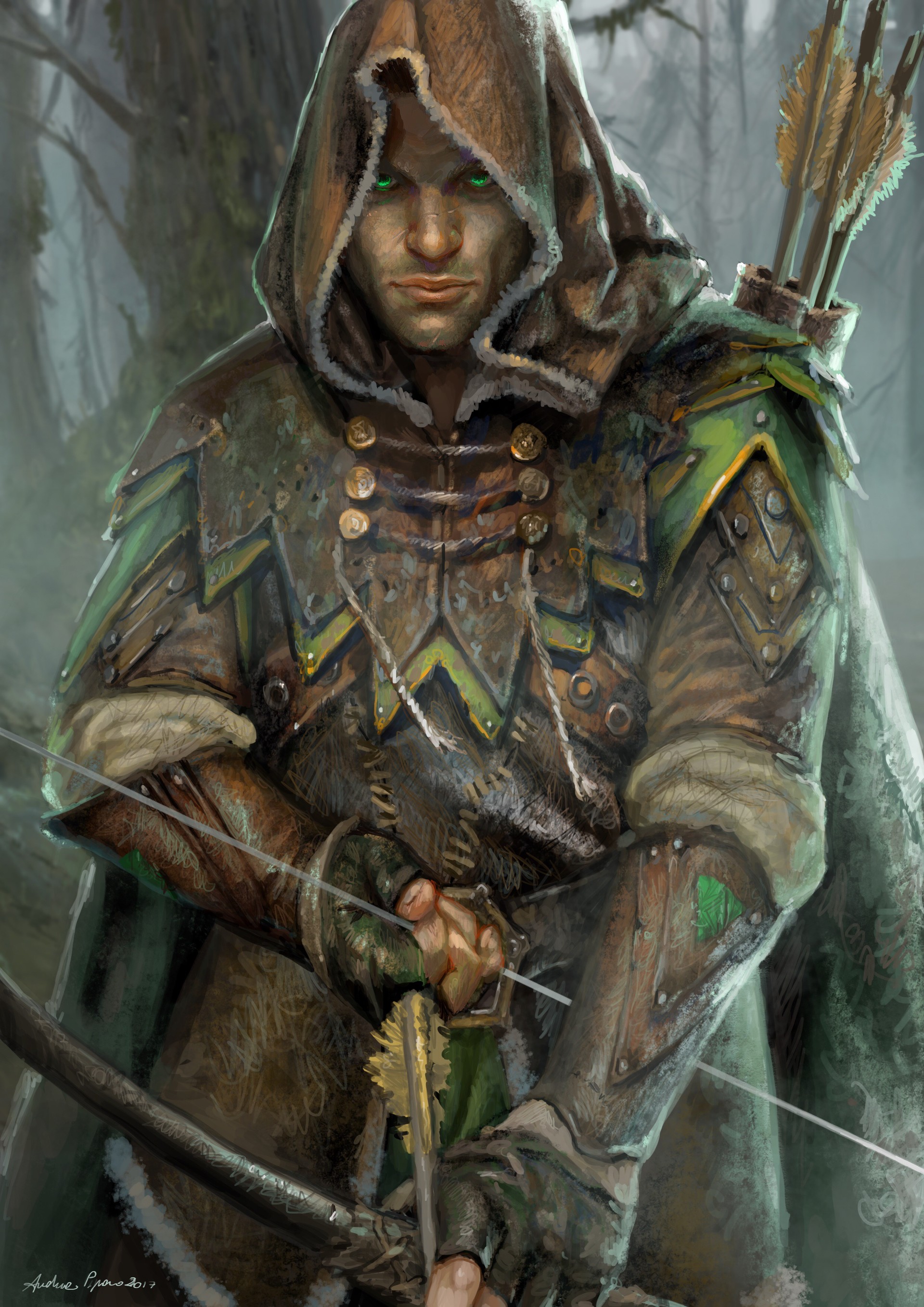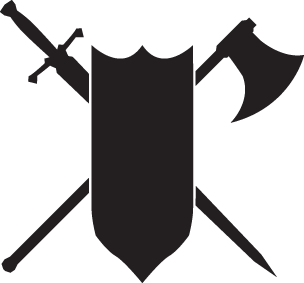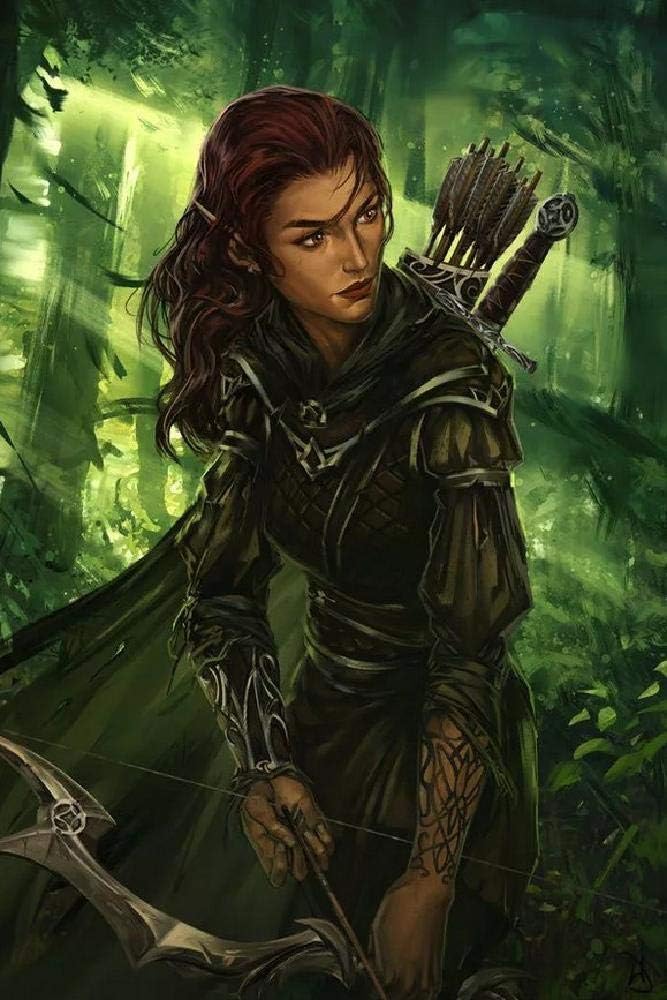


Martial Archetype (Ranger Variant) (v1)
Warden of the Wilds
Patrollers of uncivilized lands, the Warden of the Wilds specializes on the grim task of protecting the borderlands. He hunts his quarry as a predator does, moving swiftly and stealthily through the wilds. Hiding himself in brush and rubble, he strikes with deadly accuracy.
Thanks to his familiarity with the wilds and its other protectors, a Warden of the Wilds also acquire the ability to cast spells that harness nature's power.
Warden of the Wilds Spellcasting
| Fighter Level | Cantrips Known | Spells Known | 1st | 2nd | 3rd | 4th |
|---|---|---|---|---|---|---|
| 3rd | 2 | 3 | 2 | — | — | — |
| 4th | 2 | 4 | 3 | — | — | — |
| 5th | 2 | 4 | 3 | — | — | — |
| 6th | 2 | 4 | 3 | — | — | — |
| 7th | 2 | 5 | 4 | 2 | — | — |
| 8th | 2 | 6 | 4 | 2 | — | — |
| 9th | 2 | 6 | 4 | 2 | — | — |
| 10th | 3 | 7 | 4 | 3 | — | — |
| 11th | 3 | 8 | 4 | 3 | — | — |
| 12th | 3 | 8 | 4 | 3 | — | — |
| 13th | 3 | 9 | 4 | 3 | 2 | — |
| 14th | 3 | 10 | 4 | 3 | 2 | — |
| 15th | 3 | 10 | 4 | 3 | 2 | — |
| 16th | 3 | 11 | 4 | 3 | 3 | — |
| 17th | 3 | 11 | 4 | 3 | 3 | — |
| 18th | 3 | 11 | 4 | 3 | 3 | — |
| 19th | 3 | 12 | 4 | 3 | 3 | 1 |
| 20th | 3 | 13 | 4 | 3 | 3 | 1 |
—Spell Slots by Spell Level—
Spellcasting
By the time you reach 3rd level, you have learned to use the magical essence of nature to cast ranger spells. See chapter 10 for the general rules of spellcasting and chapter 11 for the ranger spell list.
Cantrips. You learn two cantrips of your choice from the druid spell list. You learn an additional druid cantrip of your choice at 10th level.
Spell Slots. The Warden of the Wilds Spellcasting table shows how many spell slots you have to cast your ranger spells of 1st level and higher. To cast one of these spells, you must expend a slot of the spell’s level or higher. You regain all expended spell slots when you finish a long rest.
For example, if you know the 1st-level spell animal friendship and have a 1st-level and a 2nd-level spell slots available, you can cast animal friendship using either slot.
Spells Known of 1st Level and Higher. You know three 1st-level spells of your choice from the ranger spell list.
The Spells Known column of the Warden of the Wilds Spellcasting table shows when you learn more ranger spells of 1st level of higher. Each of these spells must be of a level for which you have spell slots. For instance, when you reach 7th level in this class, you can learn one new spell of 1st or 2nd level.
Whenever you gain a level in this class, you can replace one of the ranger spells you know with another spell of your choice from the ranger spell list. The new spell must be of a level for which you have spell slots.
Spellcasting Ability. Wisdom is your spellcasting ability for your ranger spells, since your magic draws on your attunement to nature. You use your Wisdom whenever a spell refers to your spellcasting ability. In addition, you use your Wisdom modifier when setting the saving throw DC for a ranger spell you cast and when making an attack roll with one.
Spell Save DC
Spell attack modifier
Ritual Casting. You can cast a ranger spell as a ritual if that spell has the ritual tag.
Life in the Wilds
At 3rd level, your experience living in the wilds taught you how to survive, track and stalk your preys, and where to look for weak spots when trying to hit your mark.
You gain proficiency in two of the following skills: Nature, Perception, Stealth or Survival. If you are already proficient, you can double your proficiency bonus to ability checks using those skills.

Your hunting skills allow you to take the Search action as a bonus action. Furthermore, when attacking a surprised target, you may add your Wisdom modifier on your first attack roll against it.
Sixth's Sense
At 7th level, you developed preternatural senses that help you fight creatures you can't see. As long as you can still hear, you have blindsight with a range of 30 feet. While you can see and hear, you are also aware of the location of any invisible creature within 30 feet of you that is not hidden from you.
Nimbleness
At 10th level, your honed reflexes allow you to act and move swiftly in combat. You may now take the Dash or Disengage action as a bonus action on each of your turns.
Melt Away
Starting at 15th level, you can use the Hide action as a bonus action on your turn, and you can attempt to hide even when you are only lightly obscured by dim light, foliage, heavy rain, falling snow, mist, and other natural phenomena.
Once hidden in this matter, you can move up to half you speed during your turn and remain hidden as long as you remain lightly obscured or better.
Slaying Strike
At 18th level, you instinctively know how to make killing strikes against any opponent. Once each turn, when you hit a creature with a weapon attack, you may choose to inflict a critical hit instead.
You can use this feature a number of times equal to your Wisdom modifier (minimum of once). You regain all expended uses when you finish a long rest.
Design Notes
Yes, it is another “ranger rewrite”.
A daring one, some could say, not often proposed from what I can gather. Though I did not extensively research this, it does not appear to have been proposed regularly to the D&D homebrewed community. The earliest example I found dates back to 2015 and was not really balanced. More recent archetypes are: the Slayer (by u/fanatic66), the Tracker (by u/Enraric), and the Wilder (by u/BladeBotEU). However, those three newest are spell-less ranger variants. My apologies to all the others I missed.
In looking at the PHB ranger, the thematic narrative lists the characteristics defining the identity “pillars” of the ranger:
- predator-like hunter, with specialized skills and combat techniques, especially against specific foes
- familiarity with natural environments and wildlife, allowing to live an independent and solitary life
- speed, stealth and the hunt.
To me, these hit it right on the nail of what a ranger is, at least in the classical way. Following that scent, the proposed features for the archetype are based on these pillars.
The idea for this archetype is born from the assumption that trying to make the ranger a full-blown class might be like spreading the ranger jelly sauce too thin. And in doing so, we might be losing its original flavor and true identity. Though it could look like a demotion to the ranger class proponents, it is foremost an exercice to exemplify the core identify of the classical ranger and could prove a viable fighter archetype.
Consequently, this archetypical ranger borrows on the idea implemented in the earliest editions of D&D. Back then, the ranger was a subclass of the fighter class, with greater hunting skills and specialized fighting abilities.
The design of the archetype is based on the Eldritch Knight martial archetype, a third-caster. This basis implies the loss of the 5th-level ranger spells, which is compensated by the additional martial abilities of the fighter. The Warden of the Wilds also gains the use of druid cantrips, to match the wizard cantrips of the Eldritch Knight.
